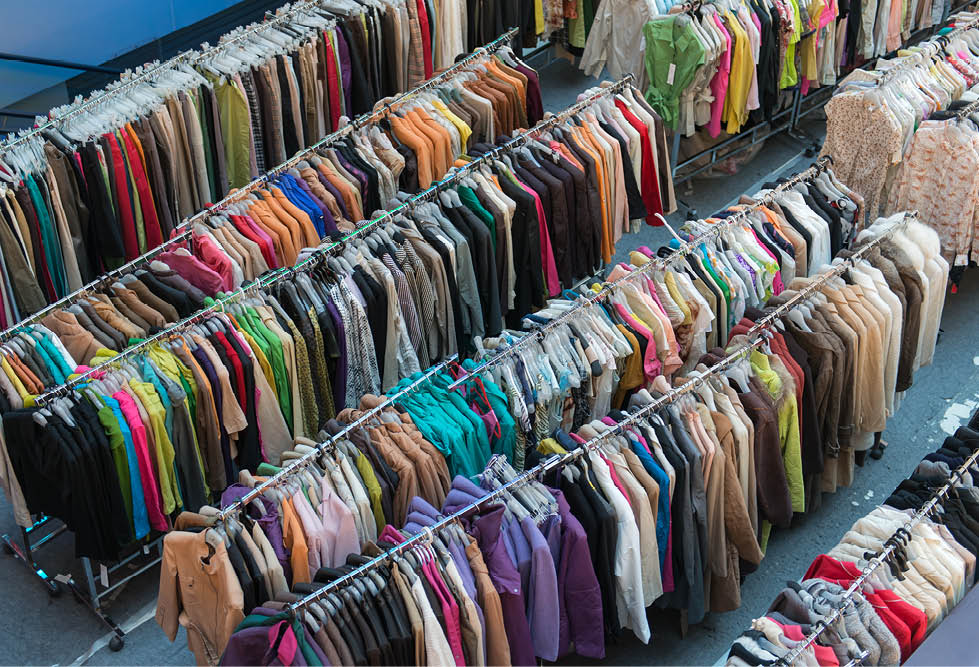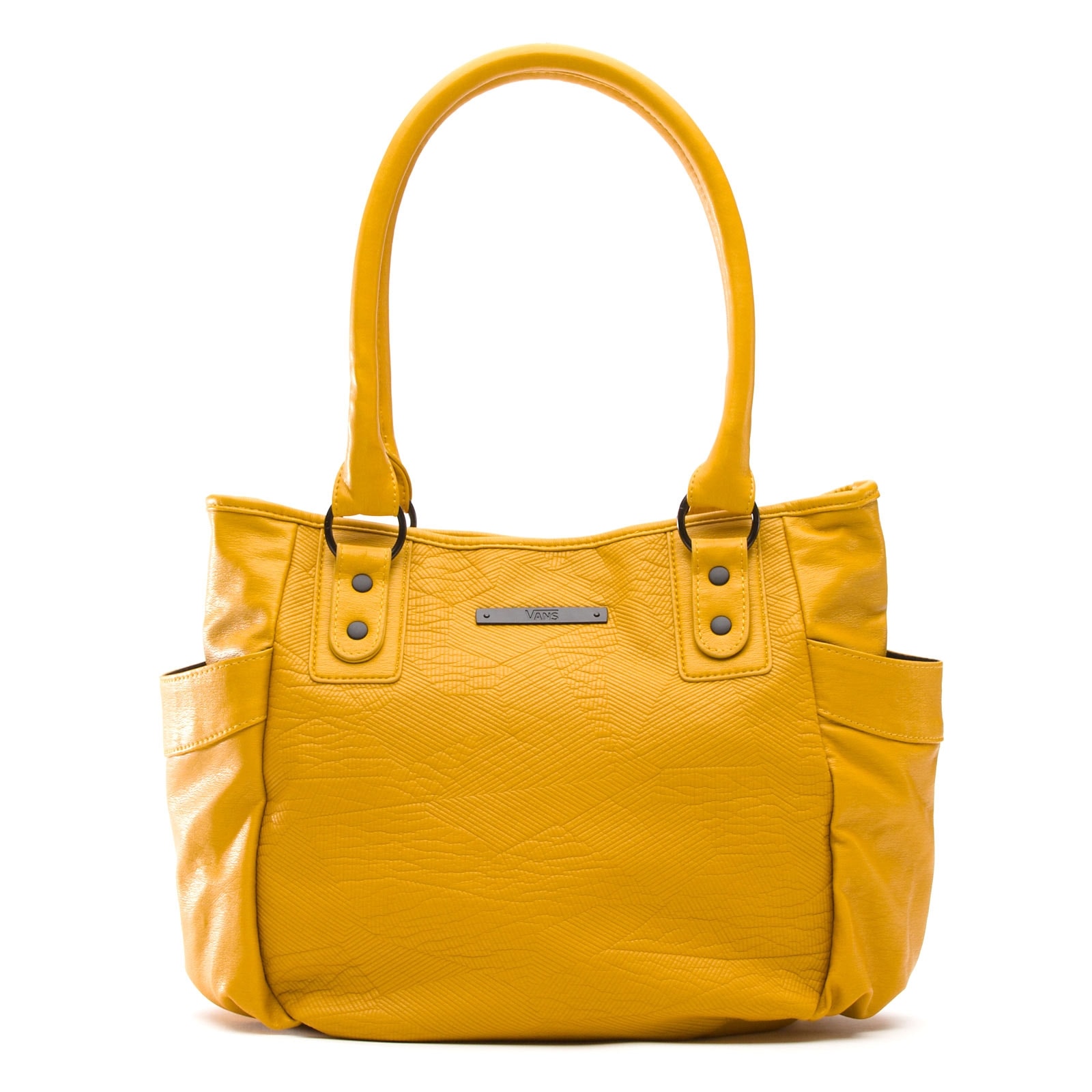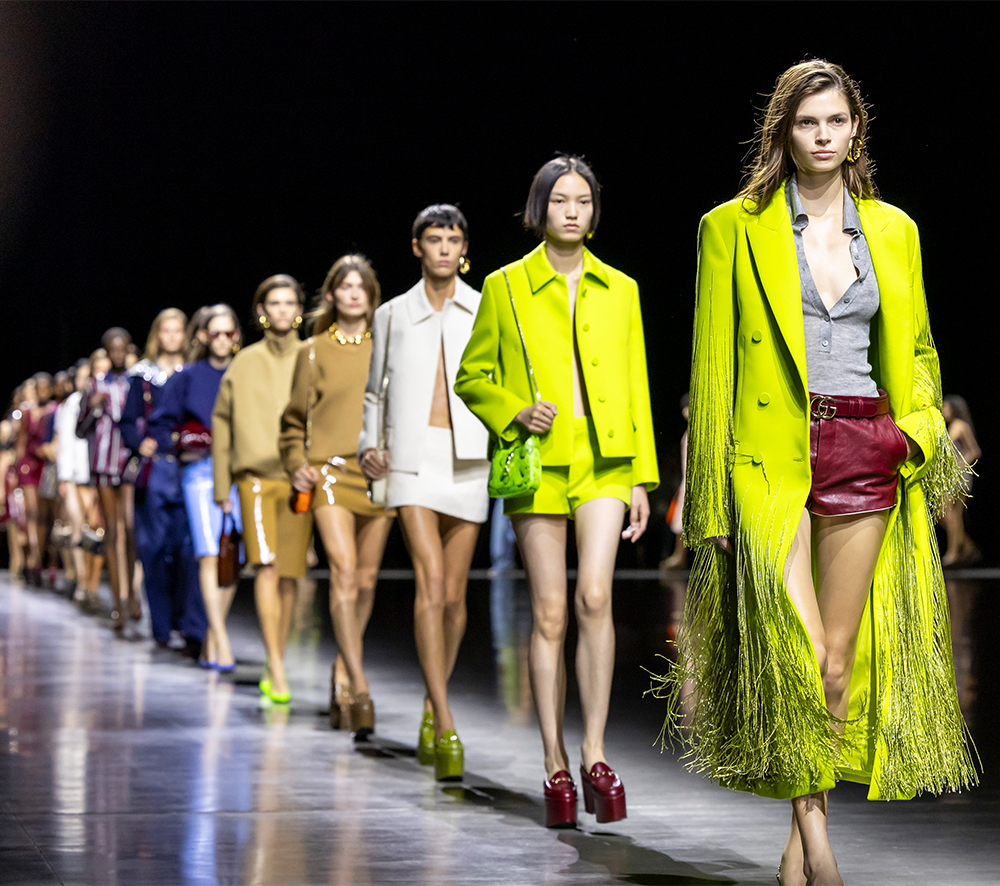I. Introduction
A. Definition of Fast Fashion
Fast fashion refers to the swift and inexpensive production of clothing in response to the latest trends. It’s characterized by quickly changing collections that allow retailers to respond promptly to fashion trends at an affordable price.
B. Evolution of Fast Fashion
Originating in the 20th century, fast fashion gained momentum with the rise of globalization and advancements in technology, making it easier for retailers to produce and distribute clothing rapidly.
II. The Dark Side of Fast Fashion
A. Environmental Impact
The environmental repercussions of fast fashion are staggering. From excessive water usage to the generation of enormous textile waste, the industry has left an indelible mark on the planet.
B. Ethical Concerns
fashionsblog fashion often involves unethical practices, such as poor working conditions and low wages for laborers in developing countries, leading to widespread exploitation.
C. Exploitation of Labor
The demand for cheap and quick production has led to the exploitation of labor, with workers facing harsh conditions and insufficient wages.
III. The Rise of Sustainable Fashion
A. Definition of Sustainable Fashion
Sustainable fashion focuses on minimizing the environmental and social impact of clothing production, encompassing eco-friendly materials, ethical labor practices, and responsible consumption.
B. Importance of Sustainable Practices
As awareness about environmental issues grows, consumers are increasingly valuing sustainable practices in the fashion industry, paving the way for a paradigm shift.
C. Consumer Shift towards Sustainability
A significant portion of consumers is now making conscious choices, favoring brands that prioritize sustainability over fleeting trends.
IV. Benefits of Sustainable Fashion
A. Environmental Advantages
Sustainable fashion minimizes environmental harm through the use of eco-friendly materials, reduced carbon footprint, and innovative recycling processes.
B. Ethical Considerations
Ethical considerations involve fair labor practices, ensuring that workers involved in the production of clothing are treated equitably.
C. Long-Term Economic Benefits
While initial costs may be higher, investing in sustainable fashion proves economically viable in the long run, contributing to a circular and regenerative economy.
V. Balancing Style and Sustainability
A. Fashion Industry Innovations
Leading brands are incorporating sustainable practices, utilizing cutting-edge technologies to create stylish and eco-friendly clothing.
B. Popular Sustainable Brands
Consumer preferences are shifting towards sustainable brands that prioritize both style and ethical production, influencing the fashion industry.
C. The Influence of Influencers
Social media influencers play a crucial role in popularizing sustainable fashion, amplifying the message of conscious consumerism to a wider audience.
VI. Tips for Embracing Sustainable Fashion
A. Conscious Consumerism
Educate yourself on sustainable practices and make informed choices when purchasing clothing, focusing on quality over quantity.
B. Wardrobe Overhaul
Conduct a thorough assessment of your wardrobe, discarding items that no longer align with sustainable fashion principles.
C. Thrifting and Second-Hand Shopping
Explore thrift stores and second-hand markets for unique and sustainable fashion finds, contributing to the reduction of textile waste.
VII. Challenges in Embracing Sustainable Fashion
A. Limited Accessibility
Limited availability of sustainable fashion options poses a challenge for consumers, requiring industry-wide changes for widespread accessibility.
B. Misconceptions
Addressing common misconceptions about sustainable fashion is crucial for its broader acceptance, dispelling myths that may deter potential advocates.
C. Economic Implications
Balancing the economic implications of transitioning to sustainable practices remains a challenge for both small and large players in the fashion industry.
VIII. The Future of Fashion
A. Shifting Industry Trends
As consumer preferences evolve, the fashion industry is undergoing a transformative shift towards more sustainable and ethical practices.
B. Technology’s Role in Sustainable Fashion
Technological advancements play a pivotal role in driving sustainable fashion, from innovative materials to transparent supply chains.
C. Global Initiatives
Global initiatives and collaborations are fostering a united front towards sustainable fashion, with organizations working together to create a positive impact.
IX. Conclusion
In conclusion, the fast fashion industry is at a crossroads, with consumers, brands, and influencers driving change towards sustainability. Embracing sustainable fashion is not just a trend; it’s a necessary evolution to safeguard our planet and ensure ethical practices within the industry.




.jpg)